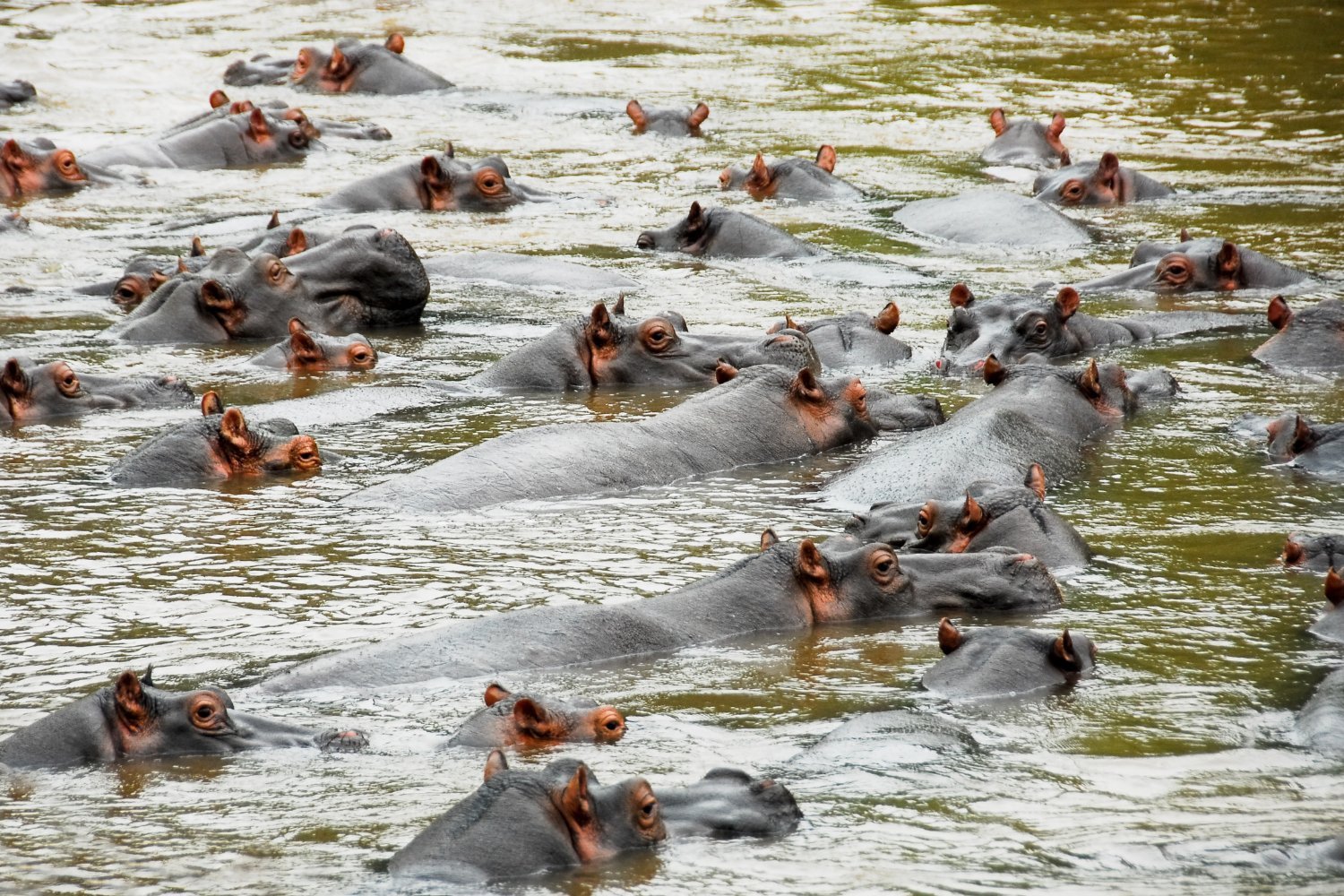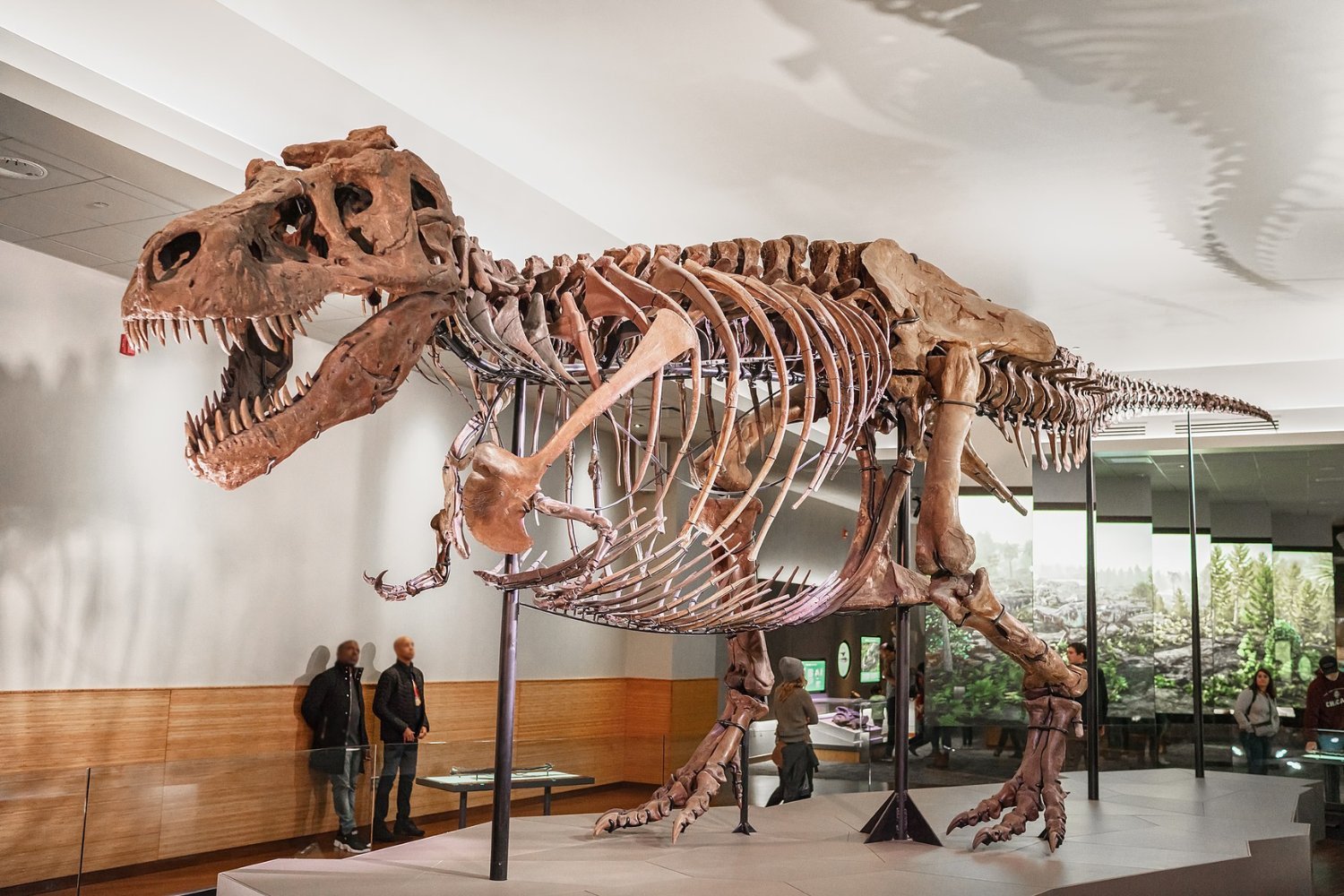Anthrax, a deadly bacterial disease, has tragically killed at least 50 hippos in Virunga National Park, the Democratic Republic of Congo’s oldest nature reserve. This recent outbreak, confirmed by park officials, also impacts other large animal populations within the park and poses a significant threat to the already vulnerable hippo population.
The grim discovery was made last week, with numerous hippos found dead in a river south of Lake Edward. Park director Emmanuel de Merode reported the incident to media outlets, highlighting the logistical challenges in reaching the remote area to safely recover and bury the carcasses. The park aims to mitigate the disease’s spread by burying the deceased animals using caustic soda, but access limitations hinder these efforts.
Anthrax is caused by Bacillus bacteria, most commonly Bacillus anthracis. The disease’s severity varies depending on the route of infection, with inhalation anthrax posing the greatest danger. Without immediate treatment with antibiotics and antitoxins, inhaled anthrax is almost always fatal in humans. This high mortality rate and the potential for airborne transmission have placed anthrax on the list of serious bioterrorism threats.
Fortunately, naturally occurring anthrax infections in humans are relatively rare. Transmission typically occurs through contact with infected animals or contaminated animal products. The bacteria can also persist as dormant spores in the soil, posing an inhalation risk to both humans and animals. While vaccines are available for livestock and individuals at high risk of exposure, such as military personnel, outbreaks can still lead to devastating losses in animal populations.
Tragically, this isn’t the first instance of anthrax decimating hippo populations. Similar outbreaks have occurred in recent years, including a suspected anthrax outbreak in Namibia’s Bwabwata National Park in 2017, which resulted in the deaths of over 100 hippos. In 2016, an outbreak in Russia claimed the lives of more than 2,000 reindeer and a 12-year-old child. Furthermore, in 2004, anthrax was responsible for the deaths of approximately 300 hippos in Uganda’s Queen Elizabeth National Park.
This recent outbreak in Virunga National Park deals a particularly heavy blow to the local hippo population. Decades of poaching and conflict had already drastically reduced their numbers from 20,000 to just a few hundred by 2006. While conservation efforts have helped the population rebound to an estimated 1,200 individuals, this anthrax outbreak presents a significant setback.
In light of the ongoing transmission risk, the Congolese Institute for Nature Conservation has issued a warning to local communities, advising them to avoid contact with wildlife and to boil any water collected from local sources as a precautionary measure. The park authorities are working to contain the outbreak and minimize its impact on the park’s fragile ecosystem.











